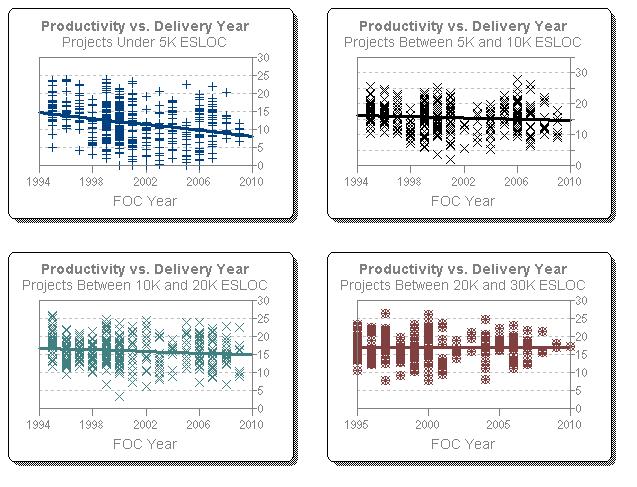Recently I attended a seminar on a commercial reporting and data sharing product. In the sales material and discussion, the phrase “Single Version of the Truth” was used several times. But what does it mean?
“In computerized business management, svot, or Single Version of the Truth, is a technical concept describing the data warehousing ideal of having either a single centralised database, or at least a distributed synchronised database, which stores all of an organisation's data in a consistent and non‐redundant form.” - Wikipedia
The concept is attractive to decision makers who collect and analyze information from multiple departments or teams. Here's why:
“Since the dawn of MIS (Management Information Systems), the most important objective has been to create a single version of the truth. That is, a single set of reports and definitions for all business terms, to make sure every manager has the same understanding.”
Sounds simple, doesn’t it? Sales pitches for svot imply that if distributed data sources were linked into a single master repository, the problem of unambiguous, consistent reporting and analysis would be solved. Yet reports are often based on different data using different definitions, different collection processes, and different reporting criteria.


